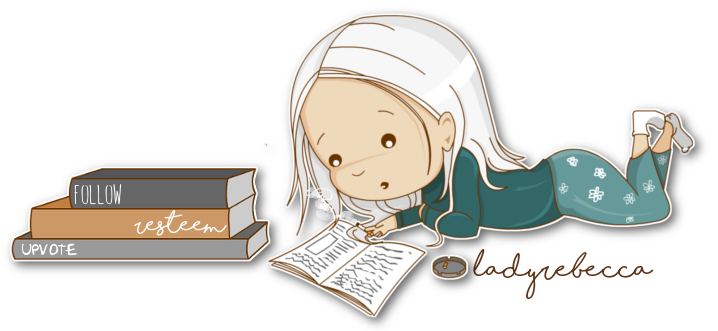Seville strikes you as a very Catholic city and not just because of the many churches in the old historical part of the city. Many private dwellings display religious images hanging from their balconies, while some shops in the more touristy area of the city offer religious garments. And yet the influence of the city’s Muslim past is clearly visible.

Real Alcazar has a long history behind it
Two of Seville’s main tourist attractions, the Alcazar Palace and the Cathedral date back more than one thousand years and were initially built by the Muslim conquerors of Al-Andalus as the Andalucia region was known back then.
After several centuries of Muslim ruling, the city known under its Arabic name of Išbīliya was retaken by the Christians. The main buildings underwent extensive reconstruction, but the Christian rulers were pragmatic enough to preserve part of the original Moorish architecture rather than raise everything to the ground. Some parts were hidden, much to the joy of modern day archaeologists who were able to uncover and restore them.

Alcazar - Horseshoe arches are a distinctive feature of Moorish architecture
Take for instance the huge Cathedral of Seville, which was originally a mosque. The bell tower, La Giralda, which offers a stunning panorama of the city was the minaret of the mosque. If you look closely, there’s a clear difference in architectural styles between the Gothic parts of the rebuilt parts and the Moorish minaret.

La Giralda, the minaret blends in seamlessly with the cathedral
The practice of reconverting religious buildings to suit the new rulers’ beliefs was quite common in the Middle Ages. The satisfaction of Christianizing a mosque probably went hand in hand with the pragmatism of the Christian kings. Why bother tearing down a 105 m minaret when you can put a Christian statue on top and call it a bell tower?
However, if you visit the Alcazar palace you will discover small Arabic inscriptions which could have easily been covered during reconstruction works.


Or, if you look closely at the intricately carved walls you may discover the Hand of Fatima, named so after the Prophet’s daughter, still worn today in many Muslim countries as a symbol of protection.
Historians say that after the city of Seville was conquered by the Christian armies in 1248, much if not all of the city’s population was “relocated”. It is not clear who were the new inhabitants but chances are they came from nearby regions which had also been under Islamic dominance for centuries, so it didn’t make sense to make everything Christian.
Somewhere in the Alcazar there’s an inscription honoring the Spanish King Pedro I as ‘don Bidru’ which carries an Arabic resonance.
Even the gardens of the Alcazar are still divided in four, following the Muslim style.

Don't worry if you don't notice that and get distracted by the fauna.

I spent a good 10 minutes following this guy around to get a good shot.

For a couple of centuries after the Christian reconquista, Muslims were allowed to live in Seville and other parts of Andalucia, under the name of Mudejar. The term Mudejaralso applies to the architectural style particular to this region - very strong in Moorish elements, but mainly crafted by Christians. The era of tolerance ended with the reign of the most Catholic monarchs in Spanish history Isabel of Castile and Ferdinand of Aragon. They had no qualms to baptize one of their children in the Seville Cathedral, the former mosque, but by the end of the 15th century they ordered Muslims to leave or be baptized. Oddly enough, 500 years later Andalucia is very popular with tourists and it’s very hard to say if they come there to admire the Christian churches or the unique Mudejar architecture.

Modern day Seville is all about Christian imagery

The cohabitation between Christian and Muslims in Europe is high on the agenda these days, when, like in the US, there’s talks of sending illegal Muslim immigrants back to their countries of origin. Many fear a drive to supplant Christianity with Islam and in recent years wealthy countries like Saudi Arabia have indeed bankrolled the construction of mosques in Europe to cater to the religious needs of the millions of Muslim migrants. A move neither the Christian or the secular population of Europe approve of. On the other hand, one needs to look back to the history of our continent to see that Muslims did have an important contribution to our culture. Maybe there’s something we can learn from the past.
Thanks for taking this trip with me
All images are mine.






